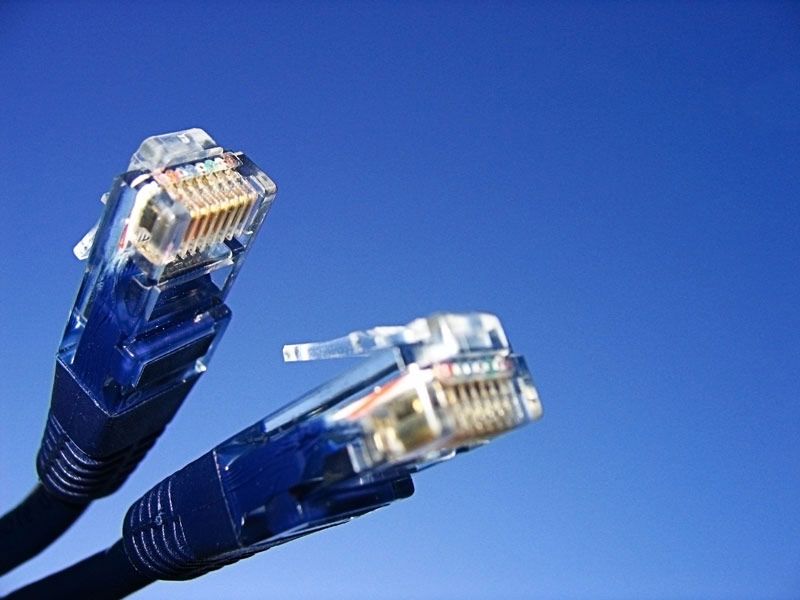Funding for the National Broadband Plan Uncertain

The National Broadband Plan, which the Federal Communications Commission (FCC) unveiled to Congress today, is intended to make the United States the global leader in broadband connection, offering Americans affordable access to the fastest and most ubiquitous connections to the Internet.
But there is one sticking point: Without control of unused spectrum, the FCC lacks both the bandwidth and funds to make its dream a reality. "Spectrum" refers to the band of radio wave frequencies that TV, cellular, and other device signals operate on and is measured in megahertz (MHz).
The plan calls for making at least 500 MHz and as much as 800 MHz of additional spectrum available over the next 10 years, primarily to shift spectrum from broadcast to mobile. The FCC currently only has 50 MHz at their disposal.
The FCC intends to ask the television broadcasters for the extra bandwidth and auction it off to wireless carriers. The FCC claims the proceeds from such an auction would be enough to pay for the National Broadband Plan, and even be profitable. If the broadcasters refuse, the FCC recommends that the U.S. government exercise its right to reclaim and re-auction the spectrum.
Predictably, TV broadcasters are not happy with this part of the plan.
"We are concerned by reports today that suggest many aspects of the plan may in fact not be as voluntary as originally promised," the National Association of Broadcasters said in a statement. "Moreover, as the nation's only communications service that is free, local and ubiquitous, we would oppose any attempt to impose onerous new spectrum fees on broadcasters."
If the necessary spectrum to auction can't be gotten from broadcasters, the FCC will have to seek funds from Congress, and ultimately American taxpayers.
Sign up for the Live Science daily newsletter now
Get the world’s most fascinating discoveries delivered straight to your inbox.
Other hurdles
Making broadband affordable to all Americans may also be difficult. The FCC's own survey "Broadband Adoption and Use in America," reports the average cost for broadband is $41 and 36 percent of respondents cite cost as the reason why they have not subscribed.
The FCC proposed a possible solution where it could license a block of spectrum to broadband providers at a discounted rate if they agreed to offer free or low-cost broadband to qualified households.
To reach remote rural areas, the FCC proposed shifting $15.5 billion from the Universal Service Fund that provides phone service to a new fund, Connect America that would provide broadband to similarly under-served areas.
In the past, rural carriers opposed similar attempts to redirect government funding. Satellite, a common alternative to cable in remote areas, was not addressed in the plan.
The benefits
If National Broadband Plan is implemented as outlined, Americans can look forward to:
- Affordable 100-megabits per second (Mbps) high speed broadband connections to the Internet, much faster than the 3 to 4Mbps found in most broadband households today. A 100Mbps connection means subscribers could download a 60 minute TV show in about 30 seconds. Verizon, Comcast and Cox have plans to offer 100Mbps service to their cable customers. Cablevision offers it for $100 per month, while Time Warner offers 50 Mbps for $100.
- Every library, school and hospital having a 1-gigabit per second (Gbps) broadband connection – 10 times the household speed targeted in the plan.
- All emergency personnel such as firefighters and police being connected to a high-speed public safety network.
- Every child being digitally literate. Programs for educating children about the Internet, similar to the "No Child Left Behind" education program passed under the Bush administration, could be started.
- Every household being connected to a "smart" power grid to monitor energy use. Devices would be able to communicate with power companies and each other to use electricity more efficiently.













